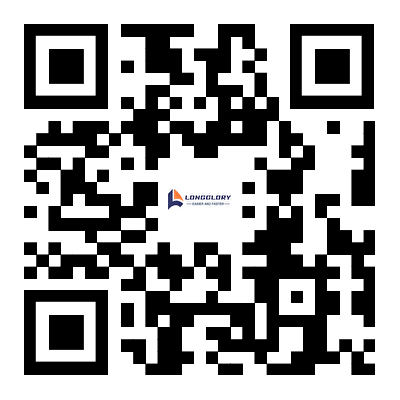- English
- Español
- Português
- русский
- Français
- 日本語
- Deutsch
- tiếng Việt
- Italiano
- Nederlands
- ภาษาไทย
- Polski
- 한국어
- Svenska
- magyar
- Malay
- বাংলা ভাষার
- Dansk
- Suomi
- हिन्दी
- Pilipino
- Türkçe
- Gaeilge
- العربية
- Indonesia
- Norsk
- تمل
- český
- ελληνικά
- український
- Javanese
- فارسی
- தமிழ்
- తెలుగు
- नेपाली
- Burmese
- български
- ລາວ
- Latine
- Қазақша
- Euskal
- Azərbaycan
- Slovenský jazyk
- Македонски
- Lietuvos
- Eesti Keel
- Română
- Slovenski
- मराठी
- Srpski језик
Advanced kettlebell training moves
2024-07-04
1. Swing the pot with both hands
Main training areas: gluteus maximus, hamstring muscles, core muscles
(1) Make sure there is enough space in front and behind,
and place the kettlebell on the ground in front of your feet.
(2) The distance between your feet is slightly wider than your hips,
and your toes should be parallel to your knees and slightly abducted.
(3) Tighten your core, slightly bend your knees,
and push your hips back with hip flexion.
(4) When your hands reach for the handle of the kettlebell, lean your torso forward,
but keep your back straight without squatting, and pull the kettlebell between your legs.
(5) Inhale, tighten your hips, core, and back muscles, and swing the kettlebell back.
(6) Exhale, swing the kettlebell forward, and at the same time extend the hip and knee joints and push forward,
keeping the upper body straight.
※ During the pot swing process, the lower limbs should be used as much as possible to reduce the involvement of the upper body.
※ Be sure to keep your core muscles tight to prevent your body's center of gravity from being pulled by the weight of the kettlebell,
which may cause waist discomfort.
2. Kettlebell deadlift + leg raise
Main training parts:
Hip flexors, glutes, hamstrings, core muscles
(1) Hold a kettlebell and stand with your legs split forward and backward,
with your toes facing forward and your knees and toes pointing in the same direction.
Keep your pelvis and spine in a good curve, and keep your abdominal core stable.
(2) The knee joint is slightly bent and stable. When inhaling, the hip joint starts to push back, the upper body naturally leans forward,
and maintains a good body line, focusing on the hip muscles.
(3) Maintain muscle tension while exhaling, place your back foot against the kettlebell, and lift it upwards.
※Tips: When raising your legs, you must maintain the tension of your core muscles, stabilize your body posture, and avoid rotation of your lumbar spine,
so as to ensure training effectiveness and safety.
3. Kettlebell Snatch
Main training parts:
Explosive power, body coordination, shoulder joint stability
(1) First make a one-handed kettle swing movement, and complete it in one go, then pull the kettlebell to an overhead height
(2) Quickly pass the forearm through the kettlebell and extend it upward,
then turn the hand outwards and downward to return to the starting position of swinging the kettlebell.
※Tips: This action requires strong muscle strength and stability of the shoulder joint and trunk.
Therefore, readers are not recommended to try it easily unless they already have the corresponding training foundation and guidance.
4. Kettlebell Windmill
Main training areas: shoulder stability and mobility, core muscles
(1) With your feet shoulder-width apart, turn your toes 45 degrees toward the opposite side of the hand holding the kettlebell,
raise the kettlebell above your head, and let your left hand hang naturally beside your body.
(2) Flex your hips, push your buttocks to the right, and rotate your thoracic spine toward the ceiling until your range of motion is acceptable.
(3) During the movement, keep the core muscles stable, keep the back straight, and avoid hunching or lateral flexion of the spine.
(4) Keep looking at the kettlebell, return to the starting position and repeat the action, then change sides.




